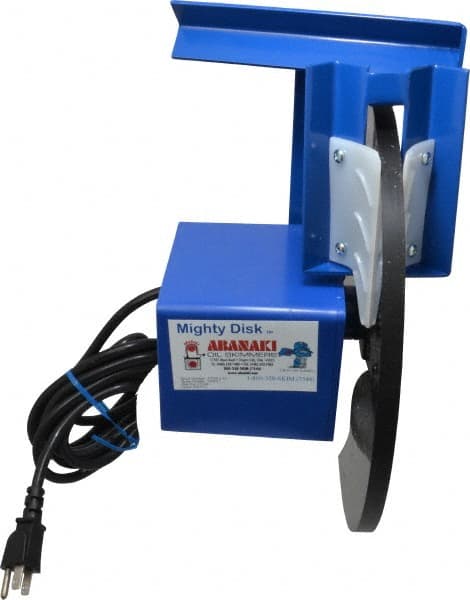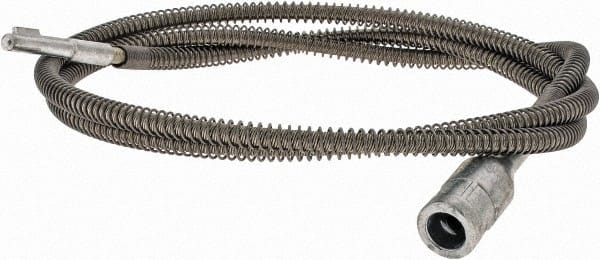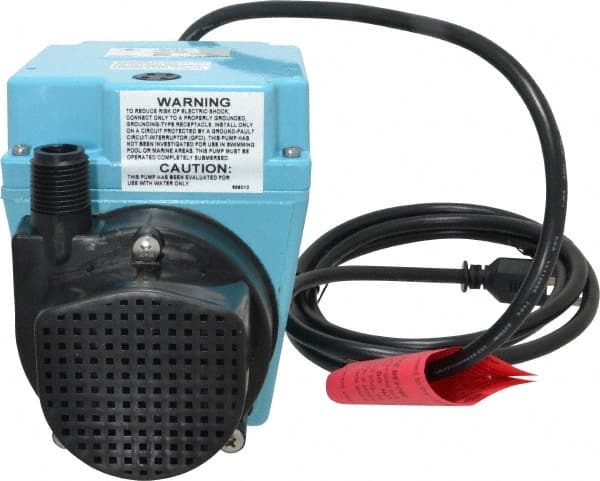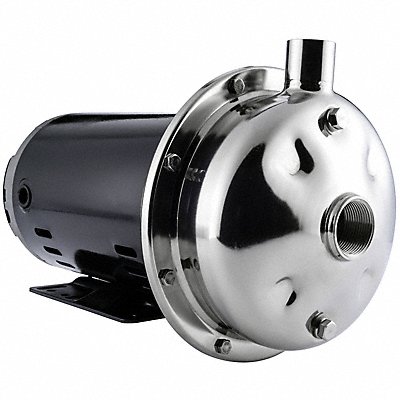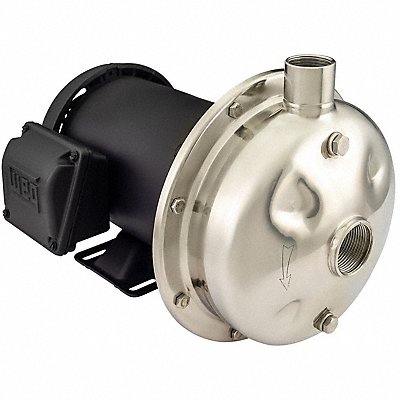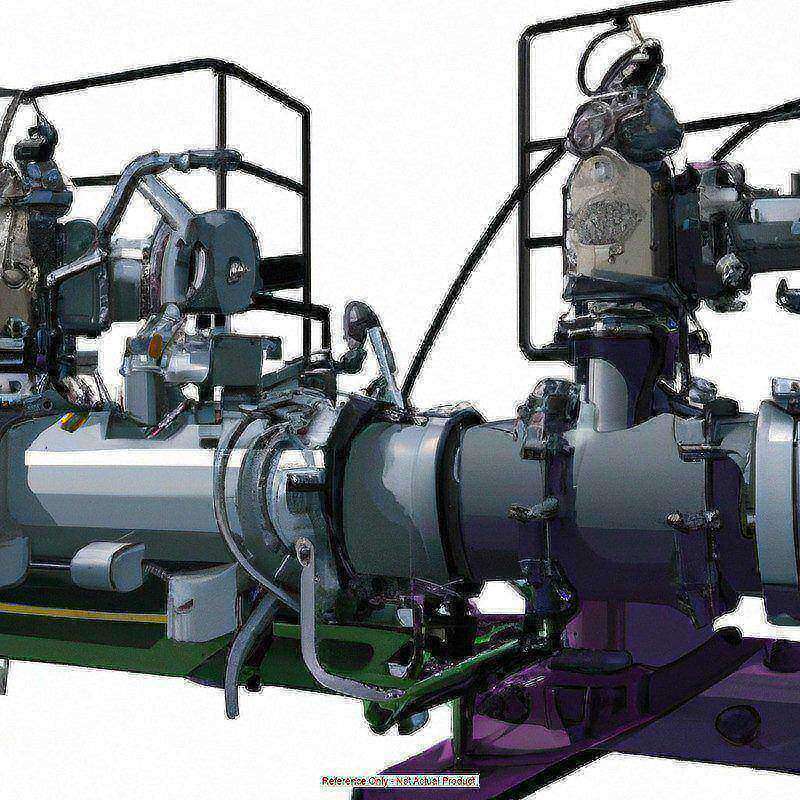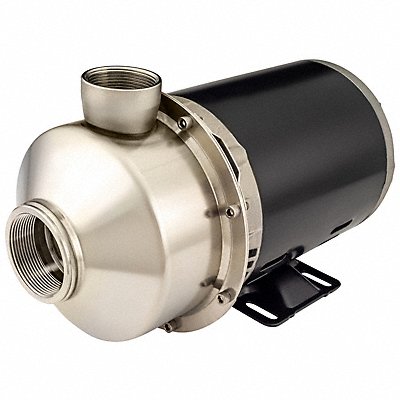Safety in Hazardous Environments: Demystifying Motors and Pumps

Overview
As we dive into the world of hazardous location motors and pumps, it's crucial to understand their significance in ensuring safety across various industries. From chemical plants to oil refineries, these specialized equipment play a pivotal role in operations where flammable gases, vapors, or combustible dusts are present. With safety being a top priority, let's explore the intricacies of these products, raising awareness about their importance in safeguarding lives and assets.
Table of Contents
Part I - Background on Hazardous Location Pumps and Motors
Part II - Hazardous Location Motors
Part III - Hazardous Location Pumps
Part I - Background on Hazardous Location Pumps and Motors:
Hazardous location pumps and motors are essential components utilized in environments where the presence of flammable gases, vapors, combustible dust, or fibers poses significant safety risks. These hazardous locations span various industries, including oil and gas, chemical processing, manufacturing, mining, pharmaceuticals, and wastewater treatment facilities.
The primary objective of hazardous location pumps and motors is to ensure safe and reliable operation in settings where traditional equipment may pose a threat of ignition or contribute to safety hazards. By employing specialized components designed to withstand the challenges of hazardous environments, industries can mitigate risks and enhance workplace safety for personnel and assets.
1. Stakeholders:
Those served by hazardous location pumps and motors include:
a. Workers:
Hazardous location pumps and motors protect workers operating in potentially dangerous environments, providing them with reliable solutions to perform their tasks safely and efficiently. By ensuring the proper operation of equipment, these products help reduce the risk of accidents and injuries caused by electrical hazards.
b. Facility Owners and Managers:
Facility owners and managers are responsible for ensuring compliance with safety regulations and standards in hazardous environments. They rely on hazardous location pumps and motors to meet regulatory requirements and maintain a safe working environment for their personnel.
c. Safety Professionals:
Safety professionals play a critical role in identifying potential hazards and implementing appropriate measures to mitigate risks in hazardous locations. They collaborate with electrical specialists to select and install suitable products that comply with safety standards and enhance workplace safety.
Typically, installations of hazardous location pumps and motors are carried out by certified professionals with expertise in hazardous location requirements. These professionals assess the specific hazards present in each environment and recommend products that meet the necessary safety criteria.
2. Industries:
Industries that frequently utilize hazardous location pumps and motors include:
a. Oil and Gas:
Essential in oil refineries, drilling platforms, and petrochemical plants where flammable gases and vapors are present.
b. Chemical Processing:
Used in chemical manufacturing facilities and processing plants to prevent the ignition of hazardous substances and ensure worker safety.
c. Manufacturing:
Employed in manufacturing facilities where combustible dust or fibers are generated during production processes.
d. Mining:
Utilized in mining operations working in underground environments with the potential for explosive gases or dust.
e. Pharmaceuticals:
Critical in pharmaceutical manufacturing facilities to adhere to strict safety regulations and prevent contamination.
f. Wastewater Treatment:
Employed in wastewater treatment plants where flammable gases may accumulate, posing a risk of ignition.
Overall, hazardous location pumps and motors play a crucial role in protecting personnel, assets, and the environment in hazardous environments by providing safe and reliable solutions while minimizing the risk of ignition and accidents.
Part II - Hazardous Location Motors:
1. Overview:
Hazardous location motors are engineered to operate safely in environments where the presence of flammable substances poses a risk of ignition. These motors are meticulously designed and constructed to prevent sparks or arcs that could ignite surrounding hazardous materials.
2. Top 5 Safety Risks:
- Electrical Ignition: Sparks or arcs from the motor's components can ignite flammable gases or vapors, leading to catastrophic explosions.
- Overheating: Excessive heat buildup within the motor can increase the risk of ignition, especially in hazardous environments.
- Corrosion: Exposure to corrosive substances in hazardous locations can degrade the motor's components, compromising its integrity and safety.
- Contamination: Dust, dirt, or debris accumulation within the motor can pose a fire hazard or hinder its performance in hazardous environments.
- Improper Installation: Incorrect installation or maintenance procedures can introduce safety vulnerabilities, potentially leading to hazardous situations.
3. Top 5 Safety Considerations:
- Hazardous Area Classification: Ensure that the motor's classification matches the hazardous area's classification to prevent safety breaches.
- Explosion Proof Enclosures: Opt for motors with explosion-proof enclosures that contain any potential sparks or arcs within the housing, mitigating ignition risks.
- Thermal Protection: Choose motors equipped with thermal protection features to prevent overheating, enhancing safety in hazardous environments.
- Corrosion Resistance: Select motors constructed from corrosion-resistant materials to withstand exposure to corrosive substances, prolonging their lifespan and safety.
- Proper Maintenance: Implement regular inspection and maintenance protocols to keep the motor in optimal condition and minimize safety risks in hazardous locations.
4. Top 10 FAQs:
- What defines a hazardous location motor?
- A hazardous location motor is designed for use in environments where flammable gases, vapors, or combustible dusts are present, requiring specialized safety features to prevent ignition risks.
- How do I determine the appropriate motor classification for my hazardous area?
- Consult with industry standards and regulations, such as NEC or IEC classifications, and consider the specific hazards present in your environment to select the suitable motor classification.
- What are the key differences between explosion-proof and flameproof motors?
- Explosion-proof motors contain potential sparks or arcs within their enclosures, while flameproof motors prevent the propagation of explosions outside the housing, both offering protection against ignition risks in hazardous locations.
- What preventive measures should I take to minimize the risk of motor overheating?
- Ensure proper ventilation, monitor operating temperatures, and implement thermal protection devices to prevent overheating and maintain safe motor operation.
- How can I address corrosion concerns in hazardous location motors?
- Choose motors constructed from corrosion-resistant materials and implement corrosion prevention measures, such as coatings or seals, to mitigate corrosion risks.
- What are the common causes of motor contamination in hazardous environments?
- Dust, dirt, or debris accumulation, as well as exposure to chemical contaminants, can contribute to motor contamination, posing safety and performance risks.
- What safety certifications should I look for when selecting hazardous location motors?
- Seek motors with certifications from reputable organizations, such as UL or ATEX, ensuring compliance with stringent safety standards for hazardous environments.
- How often should I conduct maintenance checks on hazardous location motors?
- Implement a regular maintenance schedule, including visual inspections, testing, and servicing, as recommended by manufacturers and industry regulations, to ensure continued safety and performance.
- Can I retrofit a standard motor for use in hazardous locations?
- Retrofitting standard motors for hazardous environments is not advisable due to the lack of inherent safety features, posing significant risks of ignition and non-compliance with safety regulations.
- What safety precautions should I observe during the installation and maintenance of hazardous location motors?
- Follow manufacturer guidelines, adhere to safety protocols, and ensure the presence of trained personnel equipped with appropriate personal protective equipment to minimize safety hazards during motor installation and maintenance.
5. Product Recommendation:
Hazardous Location Motors - Explore a curated selection of hazardous location motors engineered for safety and performance in hazardous environments.
Part III - Hazardous Location Pumps:
1. Overview:
Hazardous location pumps are essential for transferring fluids safely in environments where flammable substances or combustible dusts are present. These pumps feature robust construction and safety features to mitigate ignition risks and ensure reliable operation in hazardous locations.
2. Top 5 Safety Risks:
- Electrical Ignition: Sparks or arcs from pump components can ignite flammable gases or vapors, leading to hazardous explosions.
- Leakage: Fluid leakage from the pump can pose environmental hazards or ignite combustible substances, jeopardizing safety in hazardous locations.
- Overpressure: Excessive pressure buildup within the pump system can result in equipment failure or rupture, presenting safety risks to personnel and facilities.
- Corrosion: Exposure to corrosive fluids in hazardous environments can corrode pump components, compromising their integrity and safety.
- Inadequate Grounding: Improper grounding of pumps can create static electricity buildup, increasing the risk of sparks or arcs that could ignite flammable materials.
3. Top 5 Safety Considerations:
- Hazardous Area Classification: Select pumps with appropriate classifications for hazardous areas, ensuring compatibility with the environment's specific hazards.
- Explosion-Proof Design: Opt for pumps with explosion-proof enclosures or features that contain potential sparks or arcs, preventing ignition risks in hazardous locations.
- Leak Detection Systems: Implement leak detection systems or sensors to promptly identify and mitigate fluid leakage risks, enhancing safety in hazardous environments.
- Corrosion Resistance: Choose pumps constructed from corrosion-resistant materials to withstand exposure to corrosive fluids, ensuring longevity and safety in hazardous locations.
- Grounding and Bonding: Ensure proper grounding and bonding of pumps to dissipate static electricity and prevent sparks or arcs, minimizing ignition risks in hazardous environments.
4. Top 10 FAQs:
- How do hazardous location pumps differ from standard pumps?
- Hazardous location pumps feature specialized construction and safety features to mitigate ignition risks in environments where flammable substances are present, ensuring safe fluid transfer operations.
- What classifications should I consider when selecting hazardous location pumps?
- Consult with regulatory standards, such as NEC or IEC classifications, to determine the appropriate pump classification for your hazardous area, considering factors such as the presence of flammable gases, vapors, or combustible dusts.
- What measures can I take to prevent fluid leakage from hazardous location pumps?
- Implement proper sealing, gasketing, and maintenance procedures to prevent fluid leakage from pumps, minimizing environmental hazards and ignition risks in hazardous environments.
- How can I address overpressure concerns in hazardous location pump systems?
- Install pressure relief valves, monitoring systems, and pressure gauges to regulate and monitor pump system pressure, mitigating overpressure risks and ensuring safe operation in hazardous locations.
- What materials are suitable for constructing hazardous location pumps?
- Choose pumps constructed from corrosion-resistant materials, such as stainless steel or non-ferrous alloys, to withstand exposure to corrosive fluids in hazardous environments, ensuring durability and safety.
- Are there specific certifications I should look for when selecting hazardous location pumps?
- Seek pumps with certifications from recognized organizations, such as UL or ATEX, verifying compliance with stringent safety standards for hazardous environments.
- How often should I conduct maintenance checks on hazardous location pumps?
- Establish a regular maintenance schedule, including inspection, testing, and servicing, as recommended by manufacturers and industry regulations, to ensure continued safety and performance of hazardous location pumps.
- Can I retrofit a standard pump for use in hazardous locations?
- Retrofitting standard pumps for hazardous environments is not advisable due to the lack of inherent safety features, posing significant risks of ignition and non-compliance with safety regulations.
- What precautions should I observe during the installation of hazardous location pumps?
- Follow manufacturer guidelines, adhere to safety protocols, and ensure proper training and supervision of personnel to minimize safety hazards during pump installation in hazardous locations.
- Are there specific safety guidelines for transporting hazardous location pumps?
- Follow transportation regulations, secure pumps properly to prevent damage or leakage, and ensure compliance with safety standards to mitigate risks during pump transportation in hazardous environments.
5. Product Recommendation:
Hazardous Location Pumps - Explore a curated selection of hazardous location pumps designed for safety and reliability in hazardous environments.
Conclusion:
In conclusion, understanding the intricacies of hazardous location motors and pumps is paramount for ensuring safety and compliance in industries where flammable substances pose inherent risks. By addressing safety risks, considerations, and FAQs, alongside curated product recommendations, we empower buyers to make informed decisions and prioritize safety in hazardous environments.
By embracing safety standards and leveraging advanced technologies, we can navigate the challenges of hazardous locations while safeguarding lives and assets.


